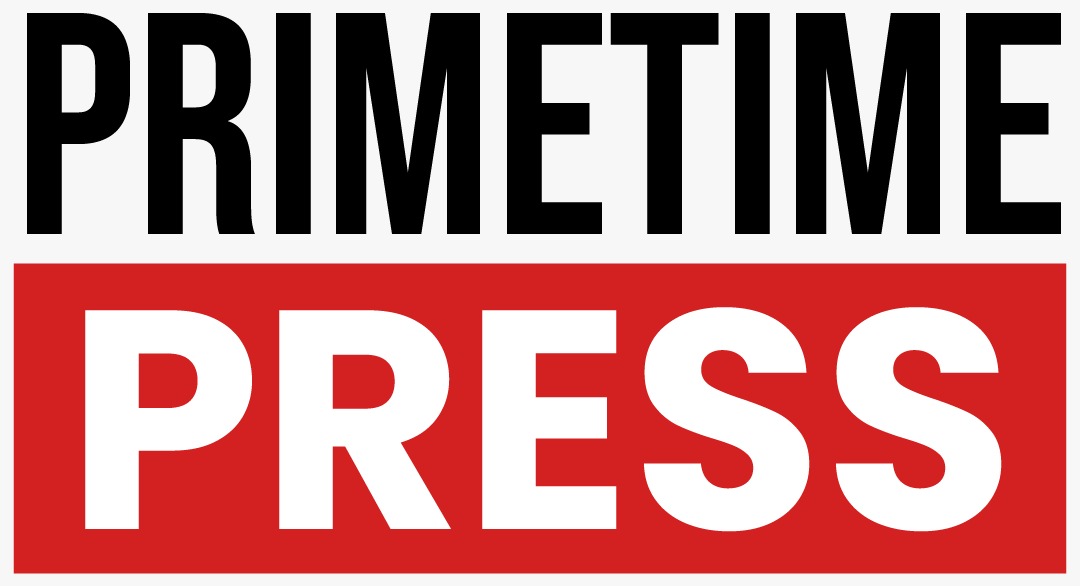In a surprising turn of events, the U.S. consumer inflation rate remained unchanged at 2.7% in July, contrary to the widespread expectations of an increase. This steady inflation figure defied predictions of a sharp rise, which would have indicated further pressures on consumer prices. The stability in the overall inflation rate suggests a level of resilience within the broader U.S. economy, despite ongoing global and domestic challenges. However, beneath the surface of this stability lies the complex reality of inflationary dynamics, particularly in the core inflation rate, which excludes volatile food and energy prices and has been creeping upward.
Core inflation rose to 3.1% in July, the highest level since February of this year. This is a concerning signal for the Federal Reserve and investors alike, as core inflation is often viewed as a more reliable indicator of long-term inflation trends, as it removes the noise caused by the fluctuating costs of food and energy. The increase in core inflation has been attributed to a variety of factors, particularly rising prices in sectors such as housing, medical care, and other services, all of which have faced higher demand and supply chain disruptions over the past year. These sectors have been crucial drivers in pushing up the cost of living for many Americans.
Read Also: https://primetimepress.com/bank-of-england-cuts-interest-rates-amid-inflation-concerns/
The latest inflation report offers a snapshot of the broader economy, reflecting the mixed picture emerging from recent data. While consumer prices overall have remained stable, this does not necessarily mean that inflationary pressures have disappeared. Rather, the cost of living has become more uneven across different sectors, with housing and healthcare standing out as major contributors to higher costs. Housing costs, in particular, have been a persistent issue, with rents and home prices continuing to climb, further burdening many Americans. Meanwhile, medical care has become more expensive, as rising healthcare demands, higher insurance premiums, and labor shortages in the sector have added to inflationary pressures.
Food and energy prices, which traditionally drive much of the volatility in inflation readings, did not contribute significantly to the inflationary uptick in July. Food prices, though still elevated in some areas, have shown signs of cooling after months of sharp increases. Similarly, energy prices have been relatively stable, which may have helped to keep overall inflation from rising further. The energy sector had been a major contributor to inflation in previous months, especially as oil prices surged and global supply chains struggled to keep up with demand. However, prices at the pump and for household utilities have remained relatively consistent in recent months, providing some relief to consumers.
The fact that the overall inflation rate held steady despite these pressures is a mixed blessing for both consumers and policymakers. On one hand, it suggests that the economy may be stabilizing, and inflation is not spiraling out of control. On the other hand, the persistent rise in core inflation signals that there are still underlying inflationary forces at play, particularly in services. This has led to growing concerns that the broader inflationary trend, while stable for now, may be harder to tame in the long run.
Looking ahead, most economists continue to anticipate a shift in Federal Reserve policy. The Fed has raised interest rates several times over the past year in an effort to curb inflation. The central bank’s strategy has been to cool demand by making borrowing more expensive, hoping that this would slow the economy and bring inflation under control. However, with inflation now holding steady and the economy showing signs of slowing in certain areas, the Fed is expected to consider reducing interest rates in its upcoming September meeting. A rate cut would aim to stimulate economic growth, particularly in light of fears that the economy might be slipping into a period of stagnation or even recession.
Despite the potential for a rate cut, the Federal Reserve faces a challenging balancing act. The central bank must carefully consider the potential risks of further rate cuts, which could reignite inflation or create asset bubbles in the housing and stock markets. The Fed’s future decisions will hinge heavily on upcoming data, including the August inflation report and broader economic indicators such as job growth, wage inflation, and consumer spending.
The outlook for the U.S. economy remains uncertain. While the July inflation report provides a sense of stability, many economists warn that this stability could be fragile. The ongoing pressures in housing and healthcare, combined with uncertainties in the global economy, could yet lead to further inflationary spikes. Moreover, while inflation may appear to be leveling off in the short term, the structural factors driving costs upward could continue to pose challenges in the medium and long term.
Ultimately, the Federal Reserve’s next steps will be guided by how inflation trends evolve in the coming months. If inflation remains stable or continues to trend downward, there may be further room for interest rate cuts, which could help support economic growth. However, if inflation accelerates again, the Fed could be forced to take a more cautious approach to monetary policy, potentially increasing rates further in an attempt to rein in price increases.
In conclusion, the July inflation report underscores the complexity of the current economic situation. While the headline inflation figure held steady at 2.7%, there are signs that inflationary pressures persist, particularly in the core areas of housing and healthcare. Policymakers, particularly at the Federal Reserve, will need to navigate these pressures carefully as they consider future monetary policy adjustments. With both risks and opportunities ahead, the U.S. economy faces an ongoing challenge of balancing inflation control with growth, making the months ahead crucial for the nation’s economic trajectory.

